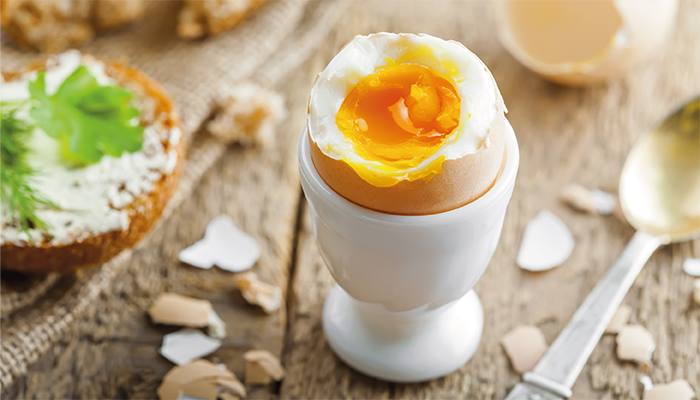
Credit: Adobe Stock
Worth Your Time
A new extraction pretreatment method uses ultra-high performance liquid chromatography-tandem mass spectrometry (UPLC-MS/MS) to determine water-soluble moroxydine hydrochloride (MH) residues in 22 plant-based foods. Link
Researchers develop an ultra-high performance liquid chromatography tandem mass spectrometry (UPLC-MS/MS) assay to quantify serum oligosaccharides in patients with alpha-mannosidosis – a rare lysosomal storage disorder. Link
Quantification of trace amounts of 1-13C-labeled phenylalanine in urine samples via gas chromatography/electron ionization-mass spectrometry (GC/EI-MS) offers indication of amino acid oxidation. Link
Researchers detect 22 dynamic volatile organic compounds in Huangjiu – a popular Chinese rice wine – using gas chromatography-ion mobility spectrometry (GC-IMS). Link
Using hydrogen-deuterium mass spectrometry, Yu Keung Mok and colleagues characterize how dengue virus interacts with plasmin domains in blood, identifying two Lys-containing potential binding sites. Link
Essential Reading
Unraveling Bile Acid Complexity Could Unlock New GI Therapies
Thomas Horvath and colleagues discuss how advances in mass spectrometry are having an impact on bile acid analysis, aiding our understanding and treatment of gastrointestinal disorders, such as microvillus inclusion disease and intrahepatic cholestasis of pregnancy.
“By combining mass spectrometry with microbiome profiling, researchers can explore how gut bacteria affect bile acid composition and, in turn, influence host metabolisms. This approach may reveal novel bile acid derivatives with systemic effects to areas such as neurological health, potentially contributing to early diagnostics for neonatal and pediatric disorders…” Read more!
Simple Sampling for Sleep Apnea Patients
Researchers have developed a new, noninvasive method to help diagnose obstructive sleep apnea (OSA) by analyzing amino acids in exhaled breath condensate (EBC), using liquid chromatography-electrospray ionization mass spectrometry (LC-ESI-MS). By using a hydrophilic interaction chromatography (HILIC) column with an ammonium formate buffer, the approach eliminates the need for chemical modifications. Read more!
(Mass) Spectacular and Strange
Eggs-perimental Science
Ever wondered the secret to cooking the perfect boiled egg? You don’t have to any more, thanks to new research from Pelligrino Musto and colleagues from the University of Naples.
Using computational fluid dynamics software, they found that the optimal way to boil an egg is to continually transfer it between two pans of water (one at 100 °C, the other at 32 °C) for 32 minutes in total – as egg whites and yolk cook at different temperatures. They then trialled this process (aptly named “periodic cooking”) on real life samples, before evaluating the chemical properties of the cooked eggs using nuclear magnetic resonance (NMR) and high-resolution mass spectrometry (HRMS).
The authors believe their approach could also have applications in the curing and crystallization of other materials. Personally, I eggs-pect members of the community will come out of their shell and look to crack on with more research… (Sorry.)
